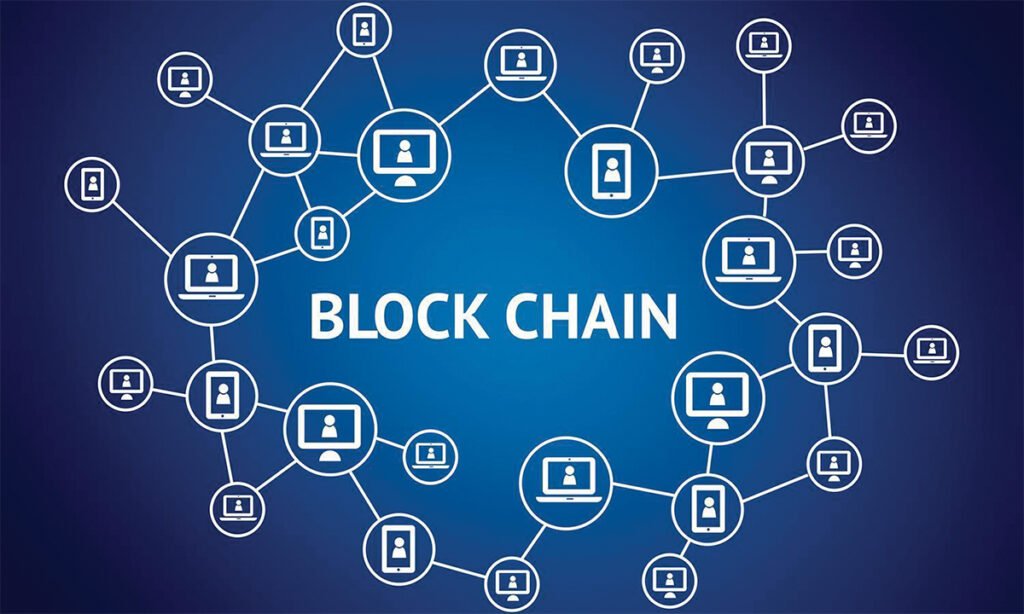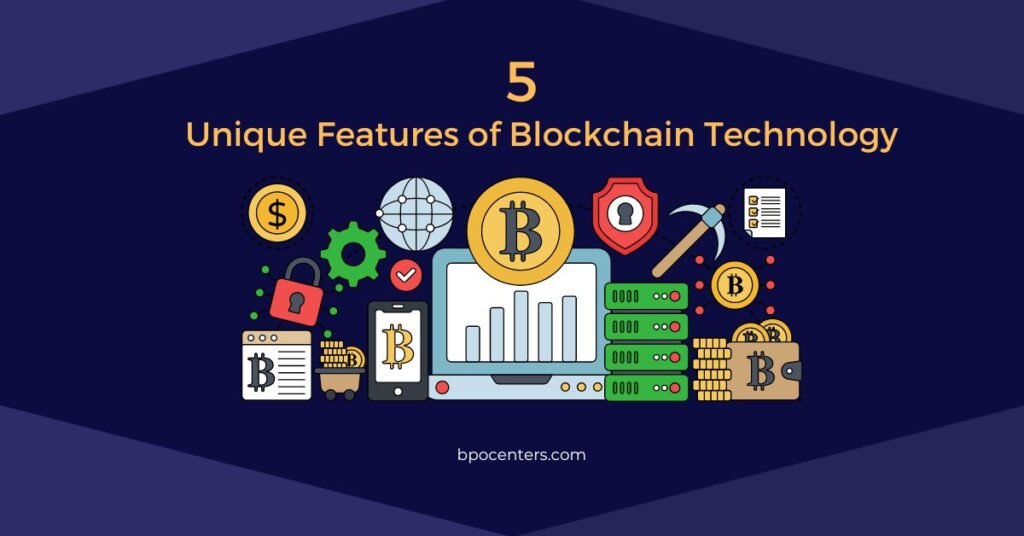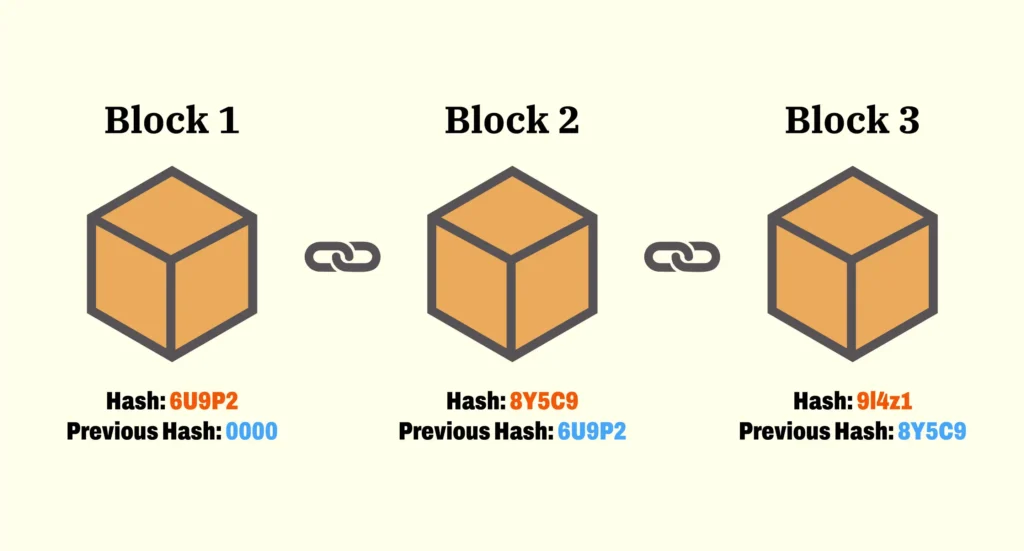Understanding Blockchain: The Technology Reshaping the Digital World
In recent years, blockchain technology has moved from a niche topic among tech enthusiasts to a central conversation in finance, logistics, healthcare, and even art. But what exactly is blockchain, and why is it such a game-changer?
What Is Blockchain?
At its core, blockchain is a decentralized digital ledger that records transactions across a network of computers. Each group of transactions is stored in a “block,” and these blocks are linked chronologically to form a “chain.” Once a block is added, its data is immutable — meaning it cannot be altered without changing all subsequent blocks, which is practically impossible in a decentralized system.

Key Features of Blockchain
- Decentralization: Unlike traditional databases maintained by a central authority, blockchains operate on peer-to-peer networks. This makes them resistant to censorship and single points of failure.
- Transparency: Every transaction on a public blockchain is visible to all participants. This level of openness builds trust and accountability.
- Security: Blockchain uses advanced cryptography to secure data. Transactions must be verified by the network before they are added to the chain, preventing fraud and unauthorized changes.
- Immutability: Once information is recorded, it is nearly impossible to change. This is particularly useful in scenarios like financial audits or legal documentation.

Real-World Applications
Blockchain is not just about cryptocurrencies like Bitcoin or Ethereum. Here are some sectors where it’s making a significant impact:
- Finance: Enables faster and cheaper cross-border payments, transparent recordkeeping, and smart contracts that execute automatically when conditions are met.
- Supply Chain Management: Provides end-to-end visibility of products, helping to track their origin and ensure authenticity.
- Healthcare: Enhances patient data security and enables interoperability between medical institutions.
- Voting: Some governments and organizations are exploring blockchain-based voting systems to ensure transparency and eliminate fraud.
- Digital Identity: Helps users control their personal data and prove their identity securely online.
Challenges to Consider
Despite its potential, blockchain faces several hurdles:
- Scalability: Many blockchain networks struggle to handle high volumes of transactions quickly.
- Regulation: Legal frameworks around blockchain and cryptocurrencies are still evolving and vary by country.
- Energy Consumption: Proof-of-work systems, like Bitcoin, consume large amounts of energy, raising environmental concerns.
The Future of Blockchain
As the technology matures, newer versions of blockchain — like proof-of-stake systems and layer 2 scaling solutions — aim to address its current limitations. With increasing adoption, we may soon see blockchain integrated into everyday services in ways that are seamless and user-friendly.

Conclusion
Blockchain is more than a buzzword; it’s a transformative technology with the potential to redefine trust, transparency, and efficiency in the digital age. Whether you’re a business leader, developer, or curious observer, understanding blockchain today could give you an edge in tomorrow’s digital world.



